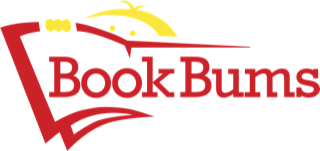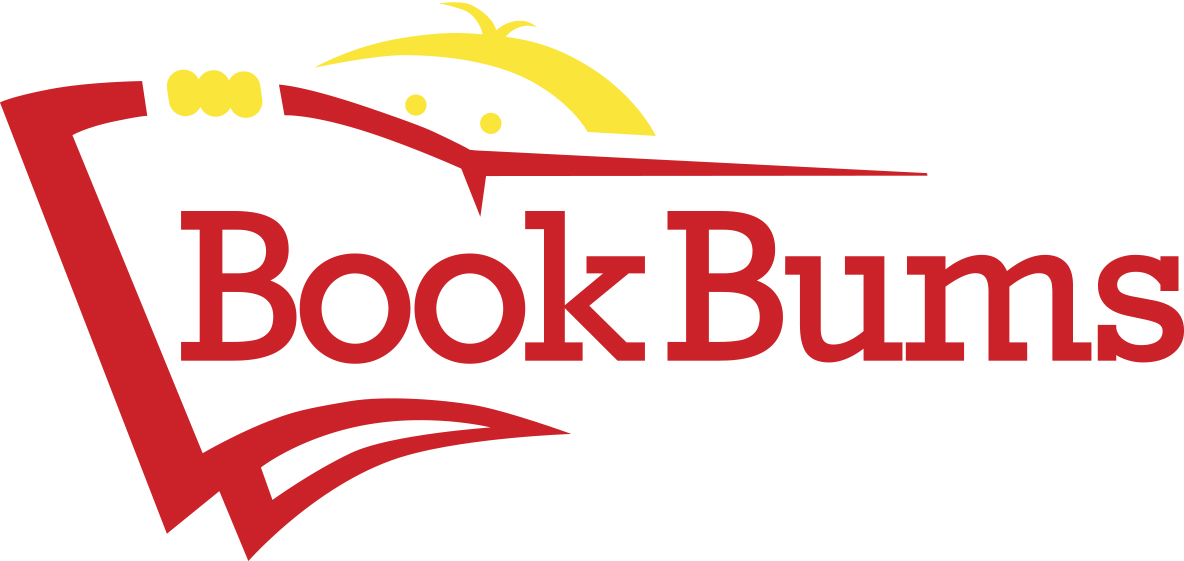
Hello Book Bums families!
Welcome February. Here are some fun facts about this month:
- February is one of the most misspelled words in the English language.
- The name comes from a Latin word meaning purification.
- Historically, February is the snowiest month in the United States.
- The odds of being born on February 29th are about 1 in 1461.
Read on to enjoy this week's newsletter. We're sharing books, authors, poetry, grammar quizzes, and more!
Bookbums.com is an Amazon Associate; We earn from qualifying purchases. This means that if you click on a link to Amazon.com and make a purchase, We may earn a small commission at no extra cost to you. We do recommend the products. Feel free to find them by other means.
Word of the Week
propitious (pro-pish-us) adjective/describing word - favorable, auspicious, pointing toward a happy outcome
Sunny days seem more propitious than gray ones.
Literary Calendar
- February is Black History Month and the National African American Read-In.
- Events around the country include readings by authors, poetry slams, book drives, and book clubs.
- You can participate simply by shining a light on African American authors in your own reading life.
- We're sharing lots of book ideas for kids and teens elsewhere in the newsletter, but here are a few contemporary authors for adults to check out: Colson Whitehead, Jesmyn Ward, Ross Gay, Brit Bennett, and Clint Smith.
From our Bookshelves

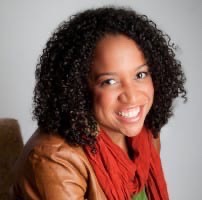
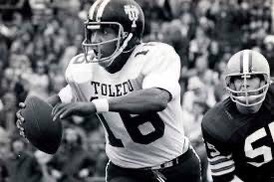
|
|
|
Tips for Raising Readers and Writers
Established in 1990 by the Black Caucus of the National Council of Teachers of English (NCTE), the National African American Read-In (AARI) is our nation’s oldest event dedicated to promoting diversity in literature. The aim of the AARI is to make literacy a significant part of Black History Month and to shine light upon black authors.
“It is important for all of us to see ourselves in books.”
– Dr. Jerrie Cobb Scott, founder of the African American Read-In
We’re sharing, here, a timeline so you can observe some recent events concerning African Americans in our nation. The crazy part for me is that all but two of the items on this timeline happened in my lifetime. We’re making gains, but we’ve still got some work to do.
- 1960 Ruby Bridges is the first African American to attend an all-white school following a court-ordered integration in New Orleans, Louisiana.
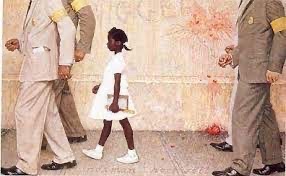
1962 The Snowy Day by Jack Ezra Keats is published and is regarded as the first picture book portraying an African American child as a protagonist and wins a major award; the Caledecott honors the most distinguished American picture book for children.
Note: Keats is not a black author. His parents were poor, Jewish immigrants who lived in Brooklyn, NY. Keats changed his name to avoid anti-Semitism.
1966 Michelle Nichols is cast as a black, female officer on television’s Star Trek.
1968 Corduroy, by Don Freeman, features a black protagonist.
1975 Virginia Hamilton is the first African American to win the Newbery Medal for M.C. Higgins, The Great.
1976 Roots: The Saga of an American Family by Alex Haley is published.
Leo and Diane Dillon are the first illustrators of color to win the Caldecott Medal award for illustrating Why Mosquitos Buzz in People’s Ears.
1982 Michael Jackson releases Thriller which becomes the single best-selling album of all time.
1986 Legislation establishes Martin Luther King, Jr. Day on January twentieth as a national holiday. It’s celebrated on the third Monday every January.
2008 Barack Obama is elected as the 44th president of the United States of American and is the first African American to be elected.
2010 The Walt Disney Company crowns its first African American Disney Princess, Tiana.
2014 The social media hashtag #WeNeed DiverseBooks is launched.
2022 Entrepreneur and children’s book author Veronica N. Chapman launches Black Children’s Book Week, a week celebrating black children and the people who make sure they’re represented in books.
The National African American Read-In has reached more than six million participants around the world. We at Book Bums would like to take part in this tradition, so we’re sharing lots of information with you to help you promote outstanding books that truly are a delight for everyone.
Tips for Families
Mark your calendars so you remember to support the African American Read-In anytime in February of this year. Share some outstanding books written by African American authors or featuring African American children with some kids you adore.
Our recommendations include:
Please, Baby, Please, Spike Lee and Tonya Lewis Lee
Saturdays, Oge Mora
The Snowy Day, Jack Ezra Keats
A Letter to Amy, Jack Ezra Keats
Through My Eyes, Ruby Bridges
Duke Ellington, Andrea Davis Pinkney
Corduroy, Don Freeman
I Am Enough, Grace Byers
Just Us Women, Jeannette Cains
Ada Twist, Scientist, Andrea Beaty
One Love, Bob Marley
Hair Love, Matthew A. Cherry
Last Stop on Market Street, Matt de la Pena
I Love My Hair, Natash Turpley
Change Sings, Amanda Gorman
The Other Side, Jacqueline Woodson
This is the Rope, Jacqueline Woodson
King and Kayla series, Dori Hillestad Butler
Love That Dog, Sharon Creech
Honey I Love and Other Love Poems, Eloise Greenfield
The Jacket, Andrew Clements
The Dream Keeper and Other Poems, Langston Hughes
Bud, Not Buddy, Curtis Christopher Paul
The Watsons Go to Birmingham, Curtis Christopher Paul
One Crazy Summer, Rita Williams-Garcia
The Crossover, Kwame Alexander
Pride, Ibi Zoboi (YA)
Long Way Down, Jason Reynolds (YA)
Forged by Fire, Sharon Draper (YA)
Tears of a Tiger, Sharon Draper (YA)
The Voting Booth, Brandy Colbert (YA)

Pause for Poetry
- truth
by Gwendolyn BrooksAnd if sun comes
How shall we greet him?
Shall we not dread him,
Shall we not fear him
After so lengthy a
Session with shade?Though we have wept for him,
Though we have prayed
All through the night-years—
What if we wake one shimmering morning to
Hear the fierce hammering
Of his firm knuckles
Hard on the door?Shall we not shudder?—
Shall we not flee
Into the shelter, the dear thick shelter
Of the familiar
Propitious haze?Sweet is it, sweet is it
To sleep in the coolness
Of snug unawareness.The dark hangs heavily
Over the eyes.
Practical Grammar
“She did so good!”
Well, maybe she’s a shining star, but saying, “She did so good,” isn’t so good.
You see, good is an adjective and adjectives describe nouns—people, places, and things. When someone says, “She did so good,” they’re describing how she did which is a verb or action word. Saying she is good is great, but saying she did good isn’t.
Here are some examples of good used properly.
We are a good team. (people)
Florida is a good place to visit this time of year. (place)
He’s a good dog. (thing)
Here are some examples of well used properly.
She sings well.
He swims well when he’s warmed up.
They play well together.
Quiz time
Which should we use, good or well?
The yard looks ________.
It’d be ________ if you called back.
He did so ________ in his game.
You’re a ________ coach.
I’m not feeling so ________.
I’m not doing so ________ on this project.
I hope you’re ________ with this plan.
This is ________ chili!
We all did ________ on the exam.
I can’t see too ________ without my glasses.
You can find the answers at the bottom of this newsletter.
Just for Fun

Which kind are you?
Quiz Answers

1. good
2. good
3. well
4. good
5. well
6. well
7. good
8. good
9. well
10. well
If you know someone who would benefit from our newsletter or tutoring at Book Bums, please share this email with them! Thank you.
The most important parts of the Super Bowl
are the commercials, the food, and the Taylor Swift sightings.
I don’t really care who makes the most baskets.
Super Bowl LVIII
Copyright © 2024 Book Bums, All rights reserved
Our mailing address is:
7967 Cincinnati-Dayton Road Suite L
West Chester, OH 45069
